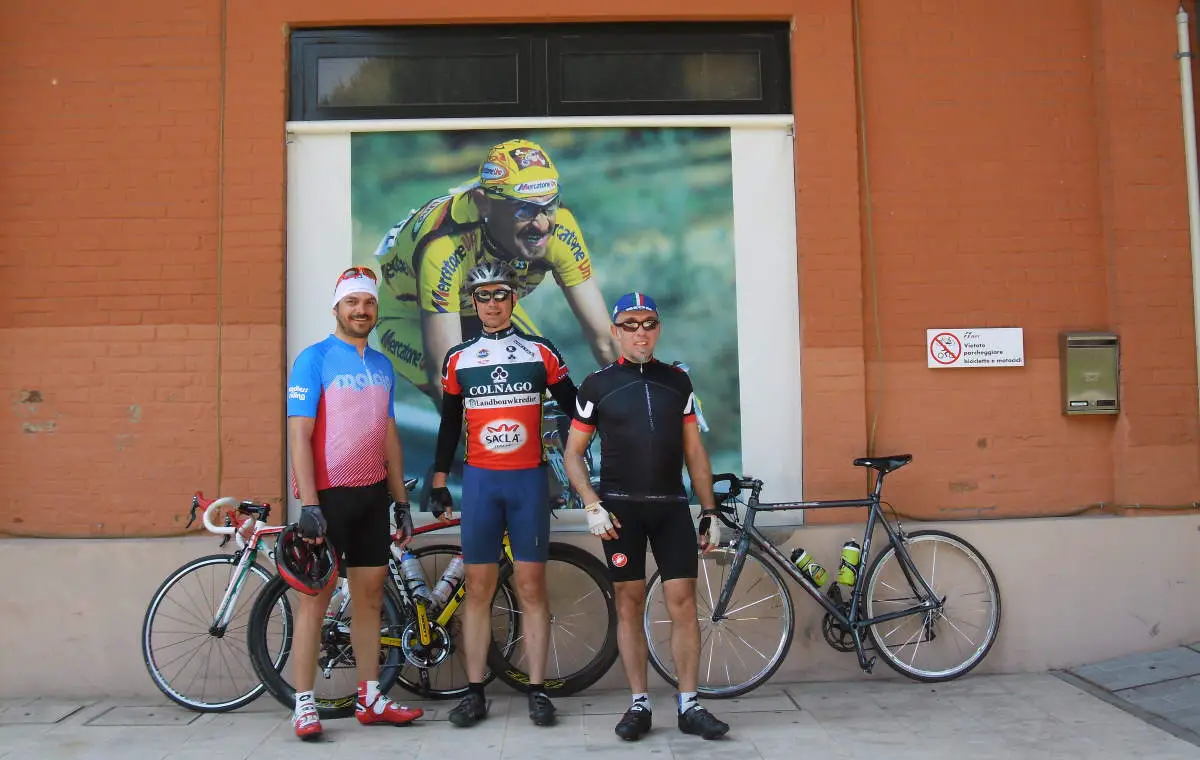In May 2011, I and two friends went to Riccione, Italy, for a cycling training tour. Riccione is a touristic town near the Adriatic coast, south of the Rimini.
Riccione is a comune in the Province of Rimini, Emilia-Romagna, northern Italy. As of 2007, Riccione had an estimated population of 34,868.
Since the 1930s Riccione gained the status of a main destination of summer tourism on the Adriatic riviera of Romagna, and, together with Rimini, is one of the best known seaside resorts in Northern Italy. Every two years, a festival called the festival del sol takes place in the city of Riccione.
Cycling is very popular in the Emilia Romagna area and a number of Riccione’s hotels have teamed up to capitalize on this. These hotels provide specific facilities for cycling tourists, including bike hire, cycle storage, and tour guides.
Riccione is connected by the Rimini-Riccione trolleybus line to the nearby city of Rimini and is connected to the major cities by rail, to Bologna, and to Ancona. Federico Fellini Airport in Miramare di Rimini, which is just 2 kilometers (1.2 miles) from Riccione, is the closest airport.
We first flew to Bologna from Istanbul, then rented a car and drove to Riccione.
We stayed at the 3-star “Hotel Baltic” in Riccione. The price for one night was 55€. Unlimited breakfast, lunch (we didn’t have lunch because we were always on the bike), and dinners (unlimited salad, main course, side dish, wine, and dessert) are included in the price. You can choose dishes from several options. The meals were delicious.
A few days after we left, the 12th stage of the Giro d’Italia 2011 has passed over the street just in front of the hotel.
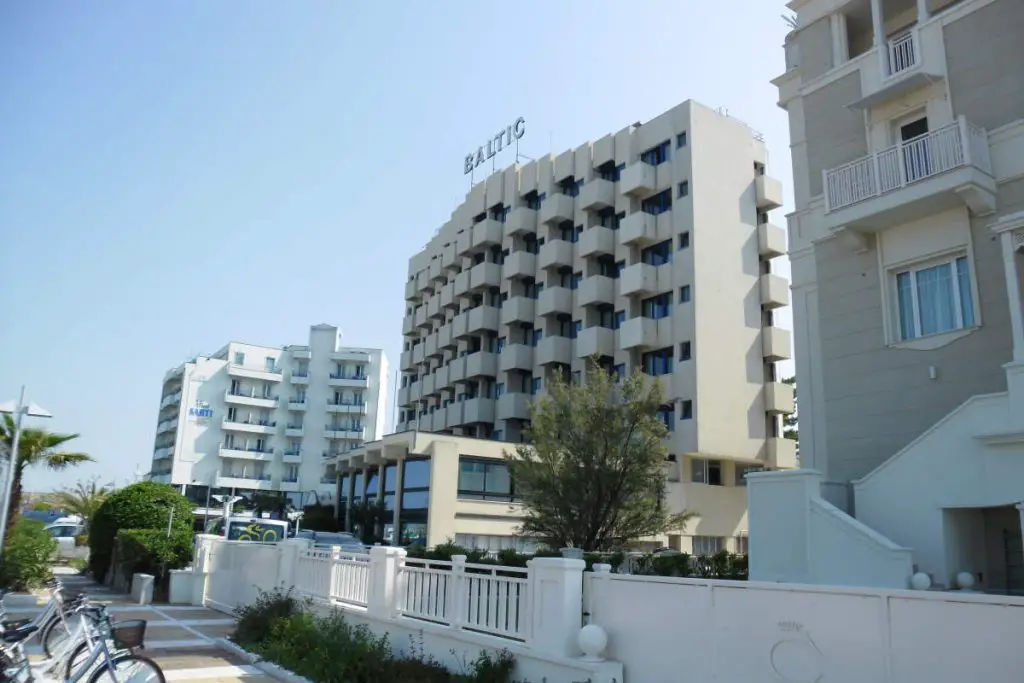
Hotel Baltic is a part of the “Bike Hotels Chain” of Italy, like many other hotels in Riccione. The hotel has a bicycle-garage and workshop. But we didn’t want to leave our bicycles there and asked that if we can carry the bicycles to our rooms. They allowed us and we slept with our bicycles.
Cycling tour in Italy: 1st day, Pesaro
After setting up our bikes, it was afternoon. We didn’t want to waste the remaining time of the day, so we jumped on our bikes and went to Pesaro at the south, through Cattolica.
The weather was lovely, the scenery was beautiful, as always in Italy, and the roads were good.
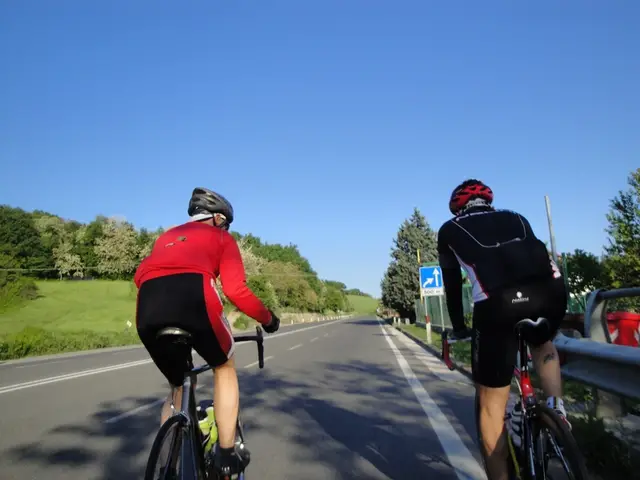
2nd day
We woke up to a bright and beautiful morning. We had a strong breakfast because it was time to go to the mountains. We got some maps from the hotel which including 20 different routes with four different difficulty levels (very hard, hard, moderate, easy). We chose a very-hard level route and started cycling.
The route we chose was named “three regions tour”. The route was passing over the regions Emilia-Romagna, Toscana (Tuscany), Marche, and Emilia-Romagna again.


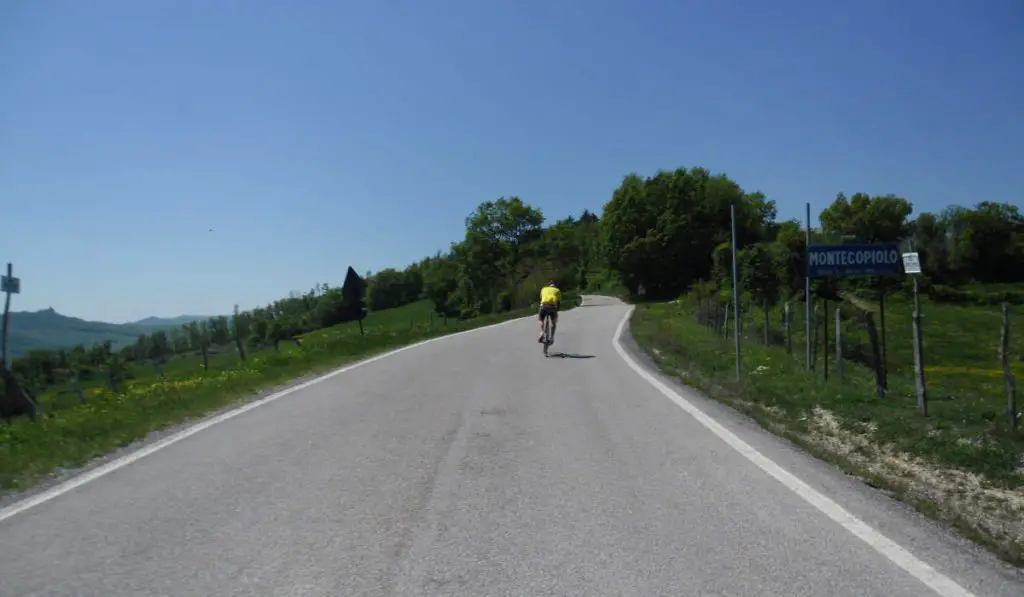
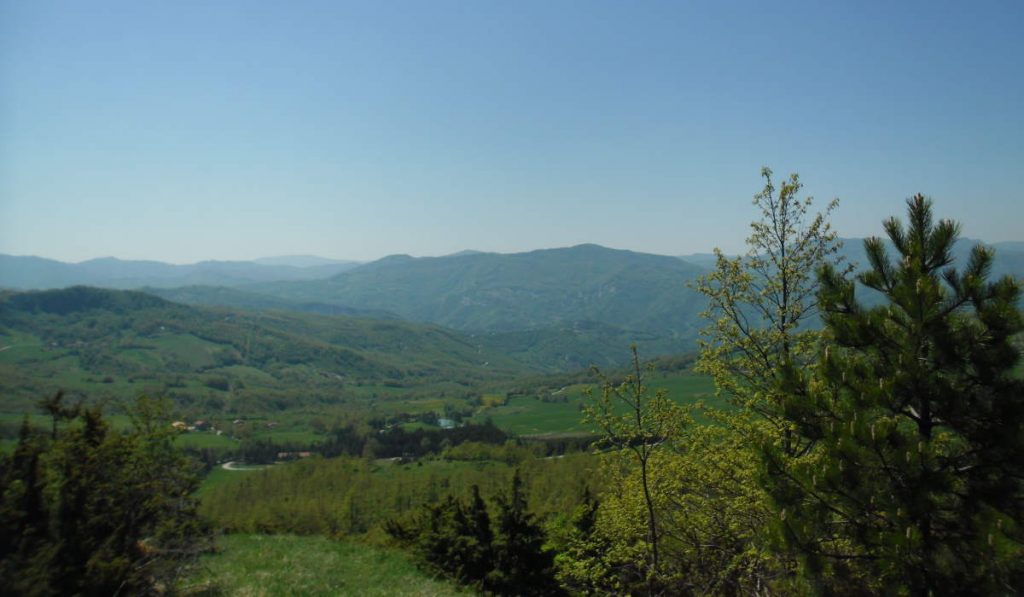
The border between regions Emilia Romagna and Toscana (Tuscany). We didn’t see any single car for an hour before and after this location.
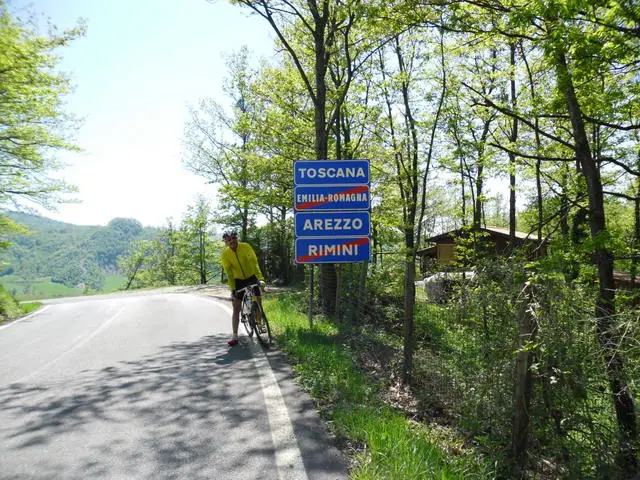
Comune di Sestino
We stopped for a coffee at Comune di Sestino.
Sestino is a comune (municipality) in the province of Arezzo in the Italian region Tuscany, located about 110 km east of Florence and about 75 km northeast of Arezzo. Sestino rises in the basin of the Foglia river.
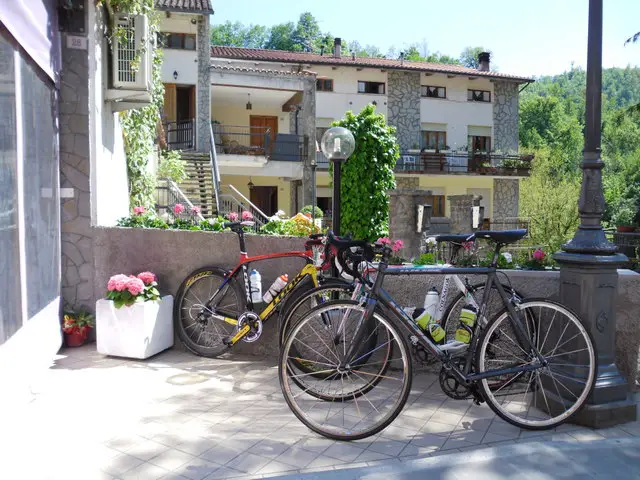
Sestino is an ancient land that has always been trodden by people who traveled through it, leaving signs of their passage and permanence, ascending rivers, Foglia and Marecchia, or primordial and then consolidated paths. The history of Sestino has therefore been forged by protohistoric peoples, Etruscans, Piceni, Umbrians, Gauls Senoni, and then Romans. The area had already been occupied for some time when the Romans arrived in Sestino and was frequented by shepherds, hunters, farmers, as demonstrated by the discovery of points and arrows and the remains of huts.
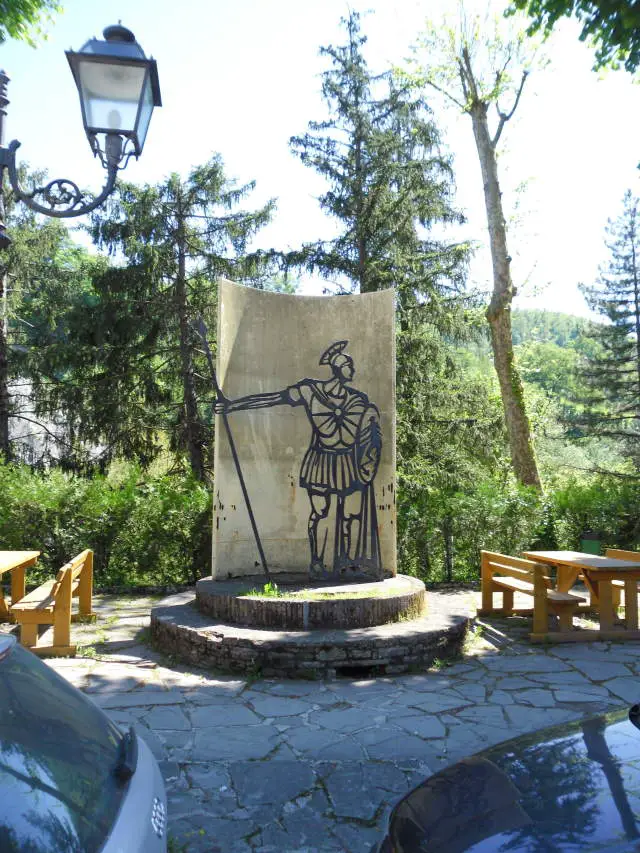
In the first century BC, at this crossroads of the Apennines, where roads converged to the Marche, Tuscany, and Emilia-Romagna, the Romans started the building of a large town (a municipality with the forum, the curia, and the thermal baths). In the National Antiquarium, the Roman history of Sestino and its most prominent families (Voluseni and Cesii) can still be admired today.
At the end of the day, we were covered 165 kilometers and climbed more than 2200 meters.

3rd day
After the tiredness of yesterday’s hard route, we decided to ride a moderate-level route today. We chose “Montefeltro tour”, Riccione-Tavoleto-Urbino-Fano-Pesaro-Riccione. This route gains 1100 meters of elevation in 135 kilometers.
It was warmer than yesterday.
Tavoleto is a comune (municipality) with some 860 inhabitants in the Province of Pesaro e Urbino in the Italian region Marche, located about 80 km northwest of Ancona and about 25 km southwest of Pesaro.
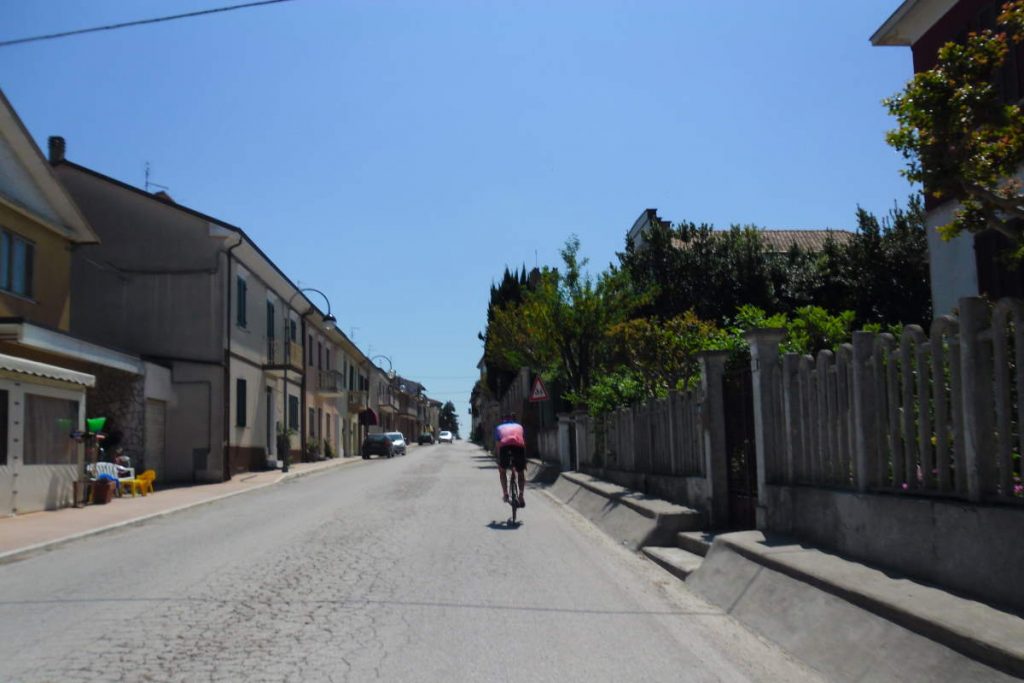
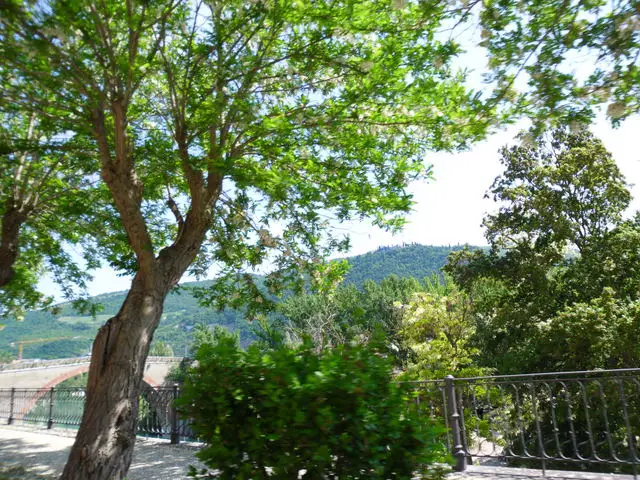
4th day
We decided to go to Cesenatico on our last cycling day in Italy. Cesenatico is the birthplace of the legendary Italian cyclist, Marco Pantani.
Rimini
Rimini, founded by the Romans in 268 BC, is a medium-sized city of 142,579 inhabitants in the Emilia-Romagna region of Italy, and the capital city of the Province of Rimini. It is located on the Adriatic Sea, on the coast between the rivers Marecchia (the ancient Ariminus) and Ausa (ancient Aprusa).
It is one of the most famous seaside resorts in Europe, thanks to its 15 km-long sandy beach, over 1,000 hotels, and thousands of bars, restaurants, and discos. The first bathing establishment opened in 1843. An art city with ancient Roman and Renaissance monuments, Rimini is the hometown of the famous film director Federico Fellini as well.
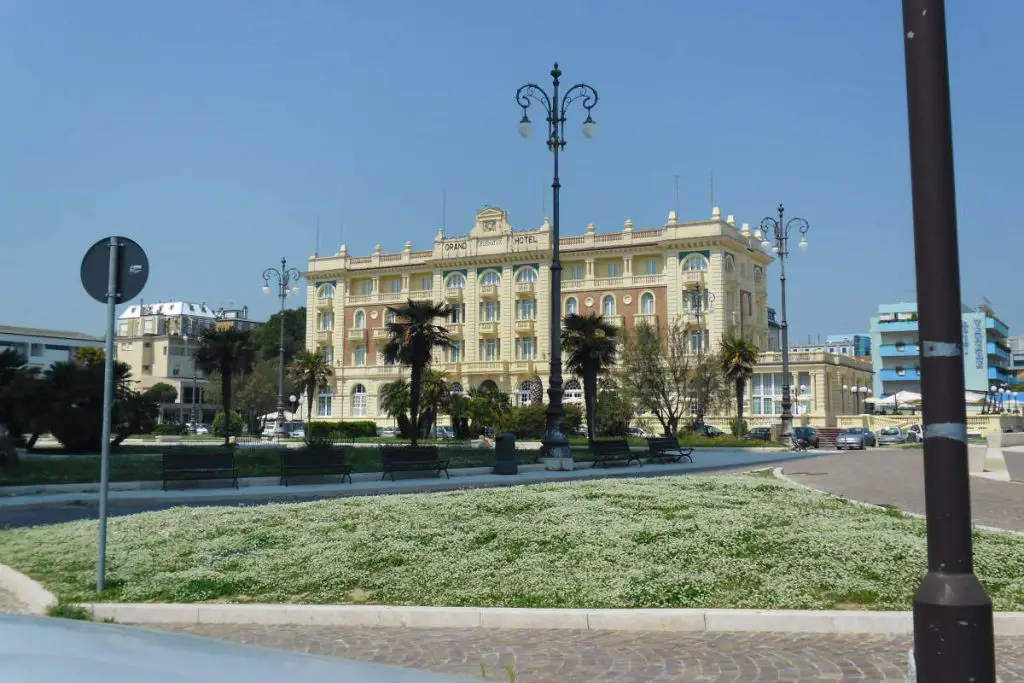
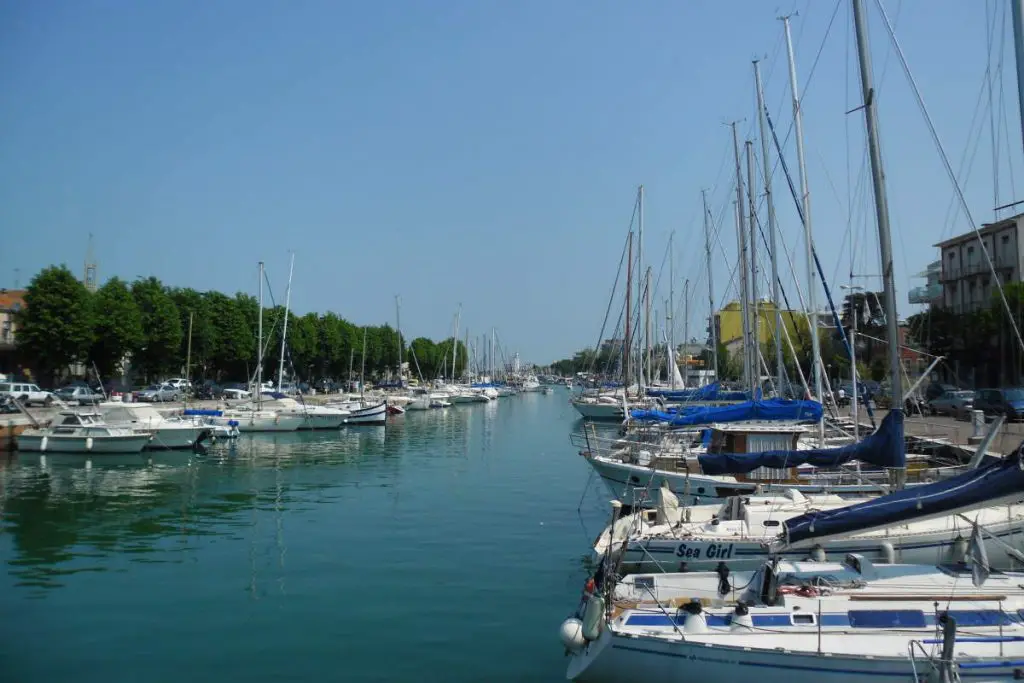
Cesenatico
Cesenatico, founded in 1302, is a port town on the Adriatic coast of Italy. Its population is about 20,000 inhabitants. It was considered part of the city of Cesena until it was incorporated at the beginning of the 18th century. Its port and canal were built in 1500, with the canal originally planned to reach Cesena, some 15 km inland. At the request of Cesare Borgia, the canal was later surveyed by Leonardo da Vinci. It is often claimed erroneously that da Vinci designed the canal.
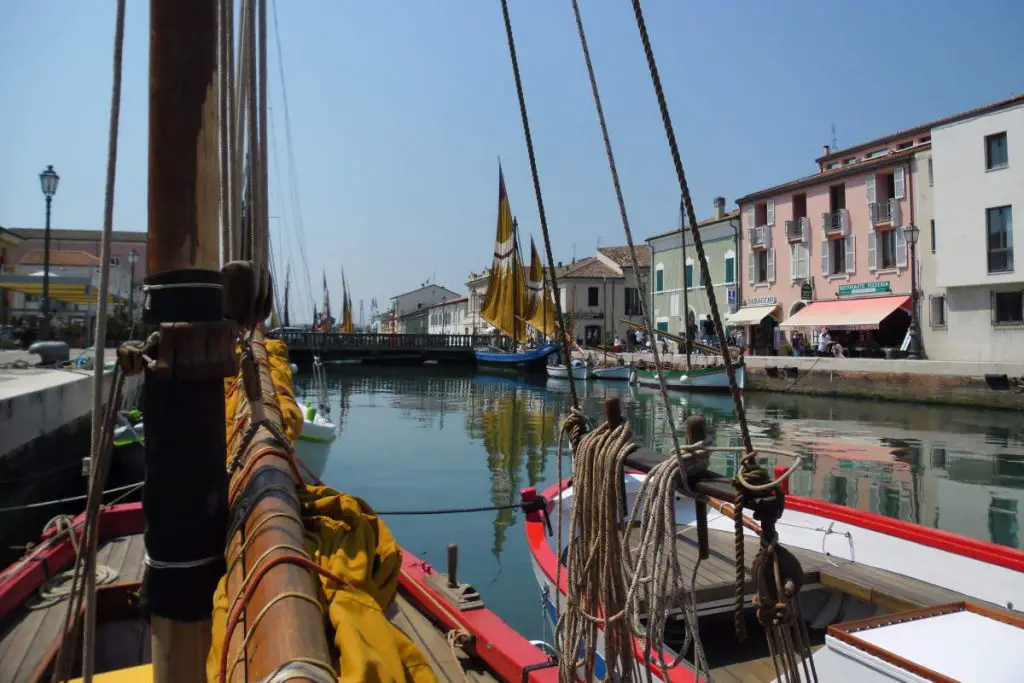
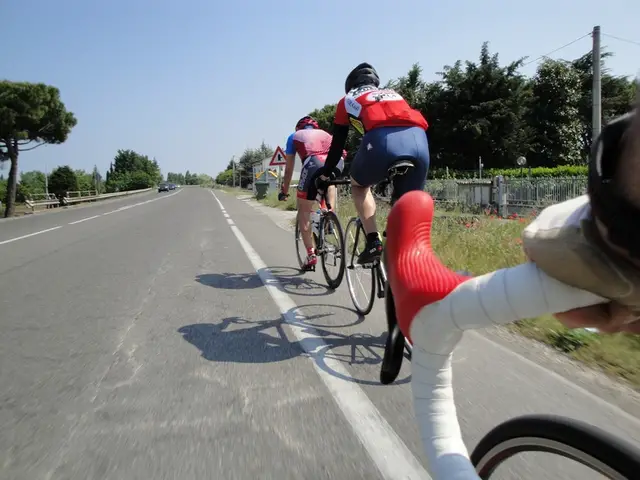
There’s a museum in remembrance of Marco Pantani in Cesenatico, “Spazio Pantani”. But when we reached there, the siesta was beginning and the museum will be closed between 12:00 – 15:30. So we couldn’t get in, just took photographs outside of the museum. But we can consider ourselves as “pilgrims” 🙂
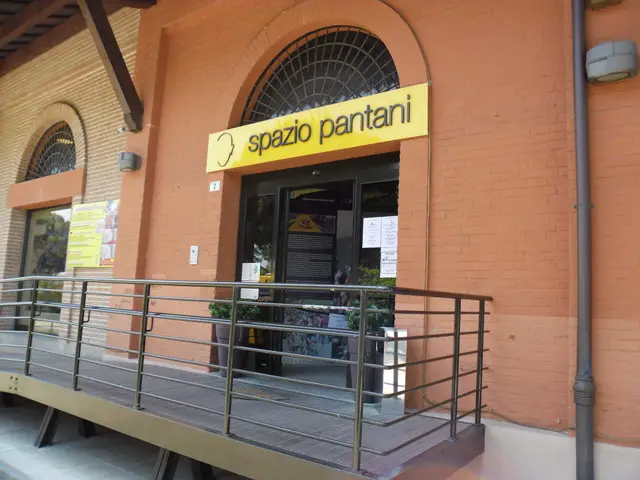
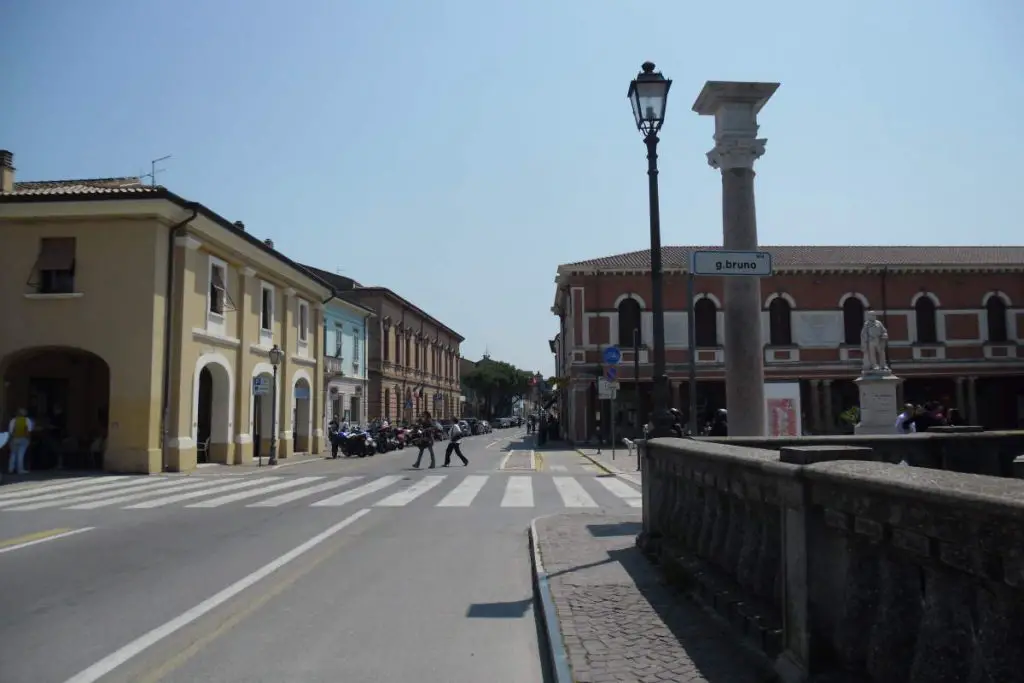
Sources
- Riccione on Wikipedia
- Sestino on Wikipedia
- Fausto Coppi in Africa [A Very Rare Photo] - January 4, 2025
- Jacques Anquetil During the 1965 Bordeaux-Paris - December 13, 2024
- Colnago Unveils New Aero Bike for Tadej Pogačar and UAE Team Emirates: Colnago Y1Rs - December 9, 2024
